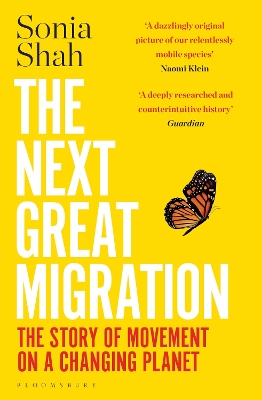
Jeff Sexton
Written on Apr 10, 2020

Bookhype may earn a small commission from qualifying purchases. Full disclosure.
'A dazzlingly original picture of our relentlessly mobile species' NAOMI KLEIN
'Fascinating . . . Likely to prove prophetic in the coming months and years' OBSERVER
'A dazzling tour through 300 years of scientific history' PROSPECT
'A hugely entertaining, life-affirming and hopeful hymn to the glorious adaptability of life on earth' SCOTSMAN
We are surrounded by stories of people on the move. Wild species, too, are escaping warming seas and desiccated lands in a mass exodus. Politicians and the media present this upheaval of migration patterns as unprecedented, blaming it for the spread of disease and conflict, and spreading anxiety across the world as a result.
But the science and history of migration in animals, plants, and humans tell a different story. Far from being a disruptive behaviour, migration is an ancient and lifesaving response to environmental change, a biological imperative as necessary as breathing. Climate changes triggered the first human migrations out of Africa. Falling sea levels allowed our passage across the Bering Sea. Unhampered by borders, migration allowed our ancestors to people the planet, into the highest reaches of the Himalayan Mountains and the most remote islands of the Pacific, disseminating the biological, cultural and social diversity that ecosystems and societies depend upon.
In other words, migration is not the crisis - it is the solution.
Tracking the history of misinformation from the 18th century through to today's anti-immigration policies, The Next Great Migration makes the case for a future in which migration is not a source of fear, but of hope.
